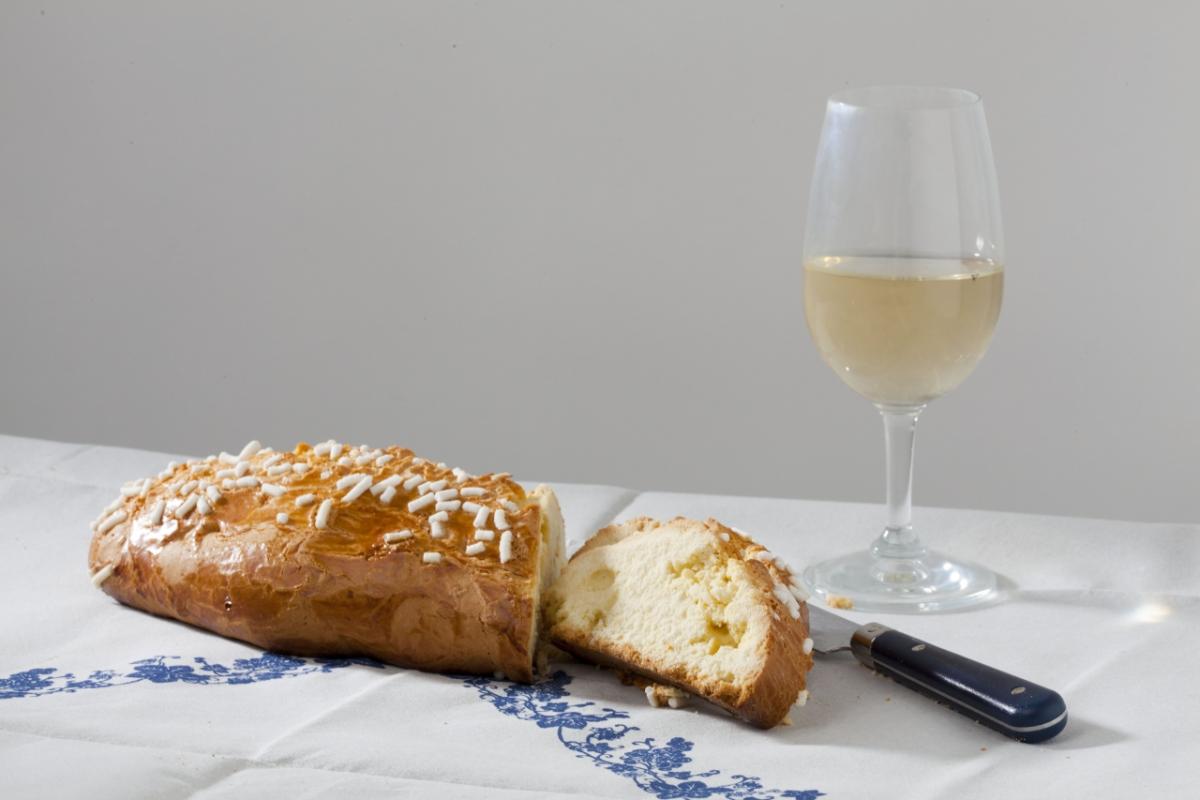History of the ciambella (ring-shaped loaf of bread), queen of Romagna dessertès
The ciambella from Romagna has no hole, and can be eaten every day, for breakfast, as a snack, even at the end of a meal, perhaps "dipped" in coffee or wine, whether Albana or Cagnina. Truly being pampered at the table.
The story goes that it was the typical dessert on Easter Sunday and was eaten together with blessed eggs, a symbol of the celebration, and newly-made salami.
When there were no ovens in the houses, but only stoves and fireplaces, the azdore (women who took care of their house and family) of Romagna took the dough spread out on trays to be cooked in the village oven. It was a real competition for the one who made it the most beautiful. Once taken out of the oven and spread out on a wooden table, it remained covered with a cloth until Sunday morning.
Even today it is the dessert of any party. In all events by the sea or village festivals, the ciambella is always present.
It has the shape of an elongated loaf. Its peculiarity is also its external crunchiness which contrasts with the softness inside. It lasts many days, and if it dries out a bit it is even better to dunk.
It can be covered with icing sugar or sugar grains. The variants?
Of course they exist! To the dough made with flour, eggs, sugar, lard, milk and yeast, you can add raisins or pieces of chocolate... but also both!
The name may derive from the Latin cymbula, i.e. little boat, which it resembles due to its elongated shape.
It is a rustic, simple, perhaps ancient dessert, but one that will never go out of fashion because in our area the peasant tradition is sacred and everything is done to preserve the memory of it.
